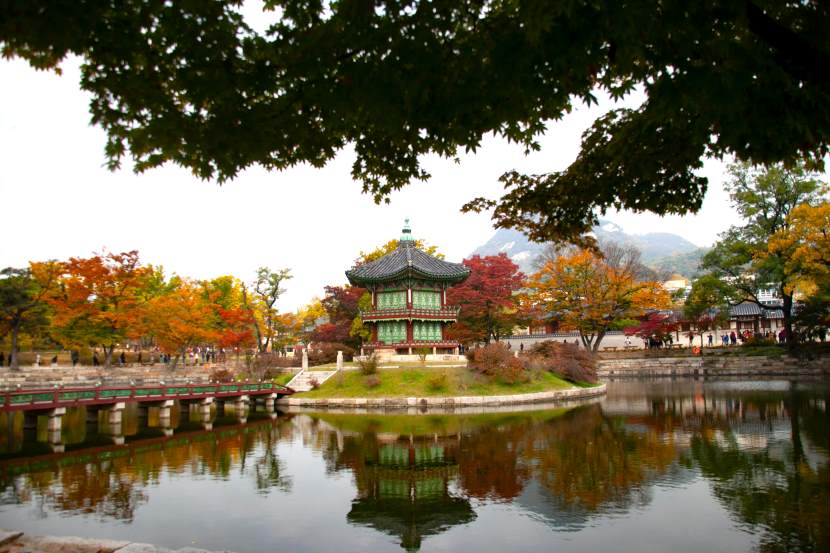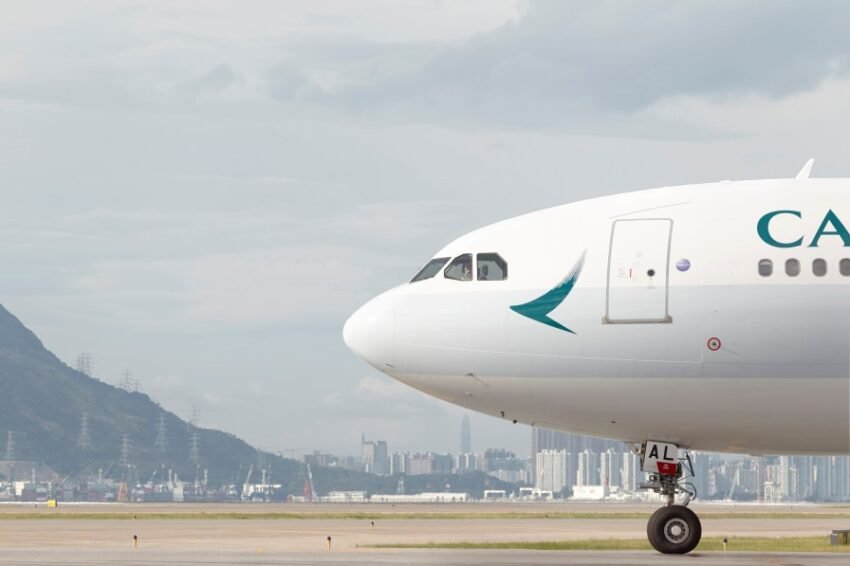Published on
October 1, 2025

South Korea has witnessed a significant upsurge in inbound tourist spending, reflecting its increasing allure as a global travel destination. According to recent analysis, tourists from seven major source markets—namely the United States, Japan, China, Taiwan, Singapore, Hong Kong, and Thailand—have collectively boosted their card spending by 26 percent over the past year. This impressive growth coincides with higher visitor volumes, underscoring a revitalized tourism sector that continues to recover and expand following the pandemic disruptions.
The surge in visitor arrivals from these key countries, which jumped from 11.03 million in 2023 to over 16.37 million in 2024, has fueled South Korea’s travel economy. This growth not only reinforces the country’s place on the map for Asian and global tourists but also highlights a dynamic shift in spending behavior and market composition.
Taiwan and Hong Kong Lead Spending Growth
While the overall increase is noteworthy, spending from Taiwan and Hong Kong stands apart for its steep rise. Taiwanese tourists escalated their card spending in South Korea by an extraordinary 54 percent year-over-year, with visitors from Hong Kong following closely behind at a 50 percent increase. This rapid growth propelled Taiwan to the fourth spot in the ranking of overseas spending, while Hong Kong holds the sixth position despite earlier setbacks in visitor flows.
In contrast, spending by Thai tourists declined by 14 percent—a downturn linked with challenges arising from the Korea Electronic Travel Authorization (K-ETA) system, which caused entry refusals and stirred public controversy. Despite these challenges, Thailand remains an important regional market with potential for recovery.
Transformation Beyond Shopping: The Rise of K-Lifestyle Tourism
South Korea’s tourism spending has extended far beyond its renowned shopping districts, with a significant shift towards K-lifestyle experiences that include health care, beauty, and wellness tourism sectors. These offerings have become fundamental aspects of the visitor journey, enticing travelers seeking not only sightseeing but immersive cultural and lifestyle engagements.
Health care-related spending accounted for 15 percent of tourist transactions, reflecting a remarkable 58 percent increase. Dermatology clinics, in particular, have drawn substantial patronage for cosmetic and wellness procedures, affirming South Korea’s reputation as a global leader in medical tourism. Visitors increasingly incorporate cosmetic dermatology treatments into their travel plans, elevating the country’s profile in health-conscious tourism.
Simultaneously, payments at beauty-focused drugstores rose by 63 percent, reflecting heightened demand for authentic K-beauty products. Pharmacies specializing in skincare solutions, acne treatments, and recovery creams have seen notable growth, underscoring Korean cosmetics as a must-have experience for global visitors.
Contactless Payment Adoption Accelerates
Technological innovation is playing a significant role in facilitating seamless transactions within South Korea’s tourism economy. Contactless payment methods have rapidly gained prevalence, growing from 6 percent of transactions to 15 percent in just one year. This trend is driven by the expanded deployment of EMV-compliant payment terminals, which offer enhanced security and ease of use for international travelers.
Visitors originating from Singapore, Hong Kong, and Taiwan demonstrate the highest rates of contactless payment adoption, reflecting their familiarity with tap-to-pay in their home countries. Their comfort with this payment mode allows for faster, safer, and more convenient purchases in retail shops, restaurants, and service venues across South Korea.
Visa’s Market Insights and Broader Tourism Implications
Patrick Storey, Visa Korea’s Country Manager, emphasized that these growing trends in tourist spending and payment behaviors signify a healthy and resilient tourism market. The rising global interest in Korean culture combined with evolving visitor preferences and diversified spending portfolios positions South Korea for continued market expansion and economic benefit.
The integration of health, beauty, and lifestyle sectors into the traditional tourism framework is helping South Korea adapt to modern traveler expectations. These shifts are vital in maintaining competitiveness as a top-tier destination amid fierce regional competition.
Influence of K-ETA on Visitor Flow
Implemented in 2021, the Korea Electronic Travel Authorization (K-ETA) system serves as a streamlined entry requirement for travelers from 112 countries. While generally facilitating smoother visitor access, the system has generated complications for Thai nationals, leading to travel refusals and debates about approval criteria. These difficulties have contributed directly to the decline in Thai tourist numbers and spending.
Nonetheless, South Korea’s overall inbound tourism remained robust, supported by growing numbers from other major markets. The country’s increasing appeal and easing of travel restrictions have driven the strong rebound observed in 2024.
Market Ranking and Spending Landscape
The United States, Japan, and China remain the top three countries by tourist spending in South Korea, jointly representing more than half of total expenditures. Taiwan’s compelling spending growth lifted it above several markets to rank fourth, while Hong Kong maintained a solid sixth place despite prior setbacks. Thailand’s decline pushed it lower in the rankings, emphasizing the impact governmental policies can have on tourism flows.
Projected Growth and Future Directions
With ongoing post-pandemic recovery and evolving traveler interests, South Korea’s tourism market anticipates sustained growth in alignment with K-lifestyle trends. Medical tourism, beauty product consumption, and digital payment adoption symbolize the changing face of the travel experience, highlighting the demand for personalized and wellness-focused tourism offerings.
Tourism authorities and industry players are adapting by enhancing infrastructure, refining marketing strategies toward specialized sectors, and expanding product diversity to meet global visitor desires. This proactive approach will help South Korea solidify its leadership in cultural, lifestyle, and medical tourism while boosting economic returns.









